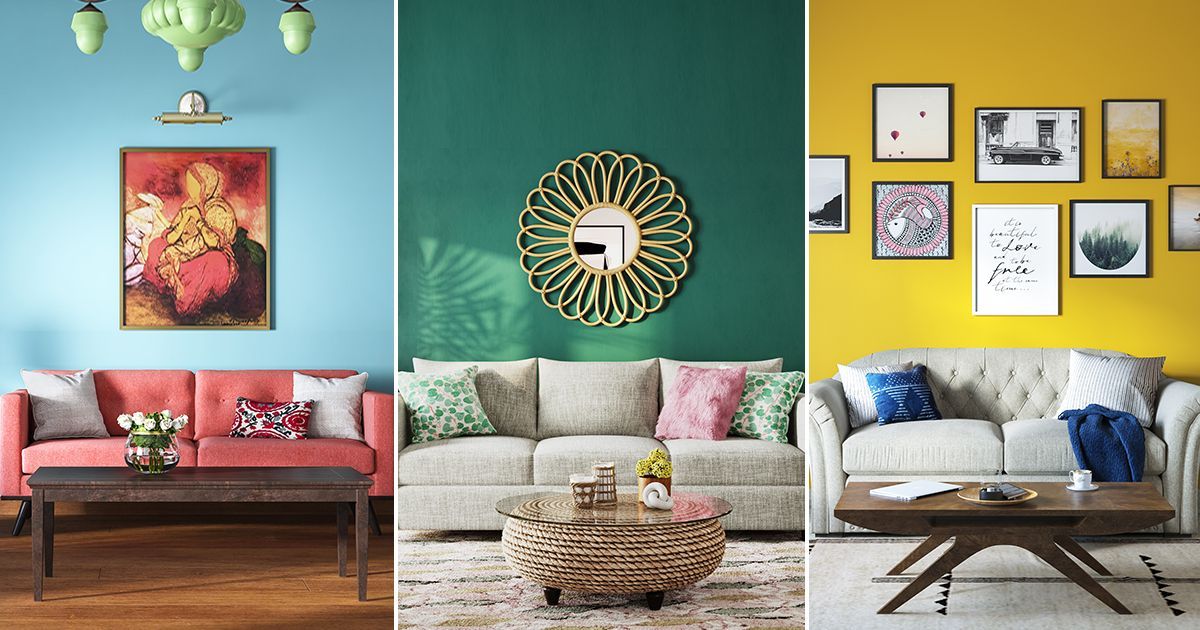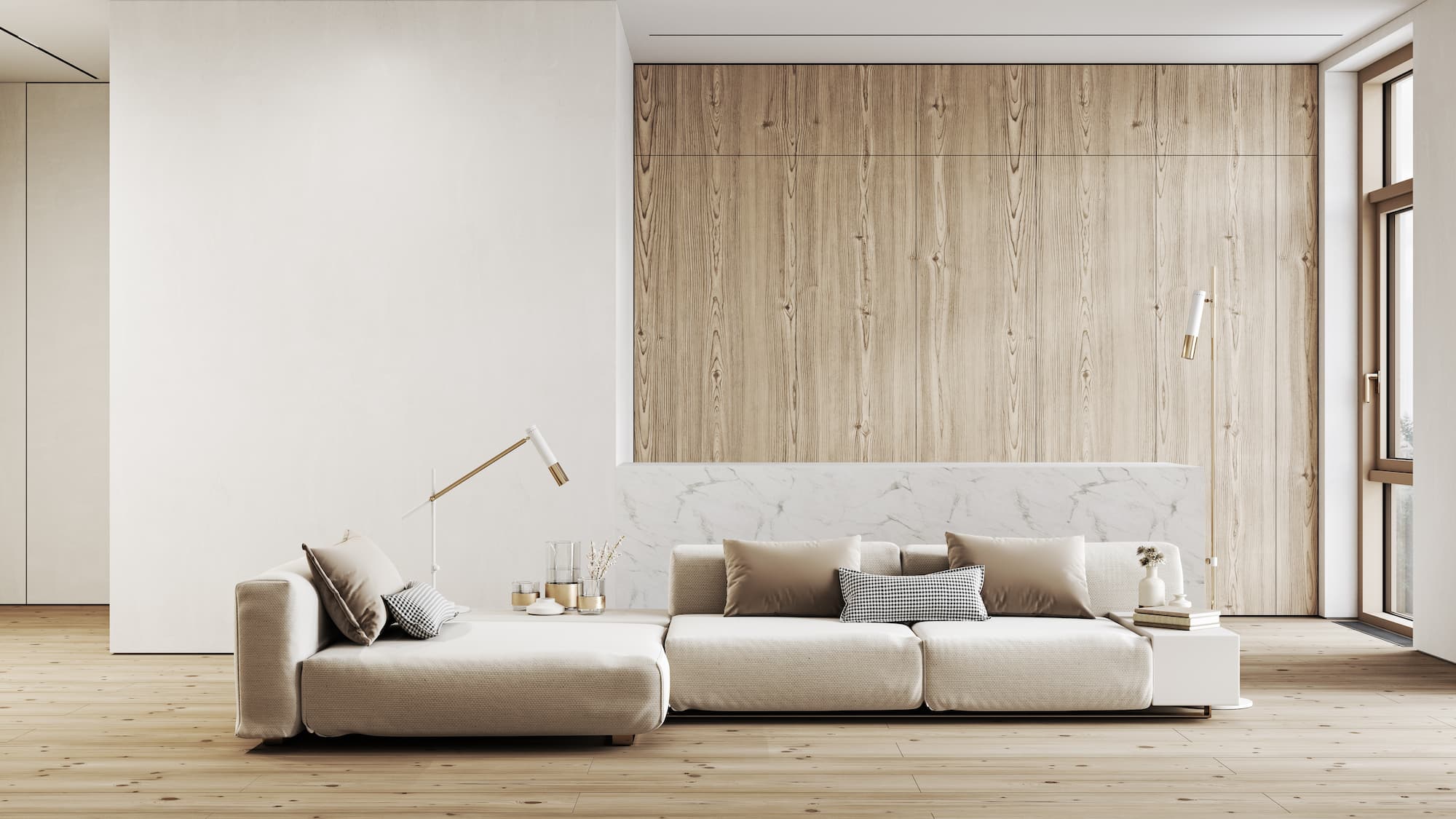Create a stunning look with miami interior design that reflects elegance and functionality.
Create a stunning look with miami interior design that reflects elegance and functionality.
Blog Article
Transform Your Home With Crucial Principles of Interior Style and Looks
The art of changing your home via the important principles of indoor design and aesthetics requires a thoughtful technique that harmonizes color, equilibrium, and spatial recognition. By understanding the effect of color concept and the importance of appearance and patterns, one can produce rooms that are not just aesthetically attractive yet additionally deeply individual. Accomplishing this balance entails greater than plain decor; it includes a calculated arrangement and an eager understanding of just how each aspect communicates within an area. As we explore these fundamental principles, consider how they might redefine your understanding of home and individual expression.
Recognizing Color Theory
Color concept is an essential element of interior decoration that considerably affects state of mind, assumption, and general visual. Recognizing the principles of color concept allows designers to develop spaces that resonate mentally with residents while fulfilling practical requirements (Architecture Firm). Shades can be categorized right into 3 primary kinds: key, second, and tertiary. Each classification plays an essential role in establishing consistency within an area.
The psychological influence of shades is extensive; warm tones such as reds and oranges stimulate energy and heat, while trendy tones like blues and eco-friendlies advertise calmness and serenity. The usage of corresponding shades improves aesthetic rate of interest, creating striking contrasts that can elevate a space's allure.
Neutral colors, on the various other hand, act as a functional background, allowing various other design elements to beam. It is vital to consider factors such as lights and the room's function when selecting a color scheme, as these can alter the understanding of shades throughout the day.
Inevitably, a well-considered shade scheme can transform a room, cultivating a feeling of convenience and design that aligns with the occupants' preferences. Proficiency of shade concept is, consequently, an essential skill for any kind of interior designer aiming to create unified and inviting atmospheres.
Achieving Balance in Design
Just how can designers achieve a feeling of equilibrium in their spaces? Achieving equilibrium in style is basic to creating harmonious interiors.
Asymmetrical equilibrium, on the other hand, relies upon differing components that still accomplish a natural look. This strategy enables for more vibrant and casual arrangements, providing passion while keeping balance. By carefully choosing varying dimensions, colors, and textures, developers can develop an aesthetically engaging area that feels well balanced yet energetic.
Radial equilibrium emphasizes a main centerpiece with elements radiating exterior. This style is commonly seen in round layouts, where furnishings and design create a natural border that attracts the eye inward.
Eventually, achieving balance requires thoughtful consideration of range, proportion, and the partnerships in between components. interior design firms. By skillfully applying these equilibrium principles, developers can change rooms into settings that really feel both aesthetically pleasing and functionally harmonious, boosting check that the overall experience for residents
Significance of Spatial Recognition

An eager feeling of spatial recognition permits developers to recognize prime focus within an area, directing the audience's attention to vital features while preserving a general feeling of unity. It likewise assists reference in the strategic positioning of lights, which can drastically affect the perception of space and state of mind. Additionally, understanding spatial connections makes it possible for the designer to satisfy the details demands of residents, making certain that each location offers its designated objective without jeopardizing visual appeals.
Inevitably, spatial awareness is important for optimizing the potential of any kind of interior room. By very carefully considering the interplay between measurements, format, and function, developers can create environments that not only fulfill practical needs however also stimulate a feeling of convenience and appeal, improving the general living experience.
Including Structure and Patterns
Welcoming a varied array of textures and patterns can significantly improve the aesthetic and responsive charm of an indoor room. The critical usage of numerous materials-- such as timber, steel, textile, and stone-- creates depth and passion, making an area really feel extra welcoming and dynamic. For instance, integrating smooth surface areas with rough structures can develop a balance that draws the eye and engages the detects.
When including patterns, consider both range and repeating. Big patterns can act as centerpieces, while smaller, find out here now subtle layouts can enhance various other aspects without frustrating the room. Layering patterns, such as pairing floral pillows with striped throws, adds intricacy and a feeling of consistency if implemented thoughtfully.
It is additionally critical to maintain a cohesive shade scheme, making certain that textures and patterns interact instead of contend for attention. By choosing a few key textures and patterns, you can create a combined aesthetic that shows your individual style while improving the general atmosphere of the area. Ultimately, the careful incorporation of these elements can change a mundane area right into an advanced environment rich with personality and heat.
Customizing Your Room
Creating an area that shows your character is crucial to achieving an absolutely inviting environment. Customization in interior layout permits you to infuse your one-of-a-kind design and interests right into your home, changing it from a simple shelter right into a shelter that talks to that you are. Begin by selecting a color scheme that reverberates with your feelings-- vibrant hues can energize, while soft tones use serenity.
Integrate art work and decoration that show your enthusiasms, whether it be traveling, nature, or abstract principles. Displaying individual collections, such as publications, photos, or mementos, can evoke valued memories and produce focal points within an area. Additionally, take into consideration tailoring practical pieces, like upholstered furnishings, to align with your visual choices.

Verdict
To conclude, the change of a home via the necessary concepts of indoor layout and aesthetics necessitates a detailed understanding of color theory, equilibrium, spatial awareness, appearance, and personalization. Each element contributes substantially to producing a harmonious and useful living setting - Architecture Firm. By attentively incorporating these concepts, individuals can boost the visual charm and emotional vibration of their rooms, ultimately promoting a home that shows special identifications while offering convenience and usefulness
Report this page